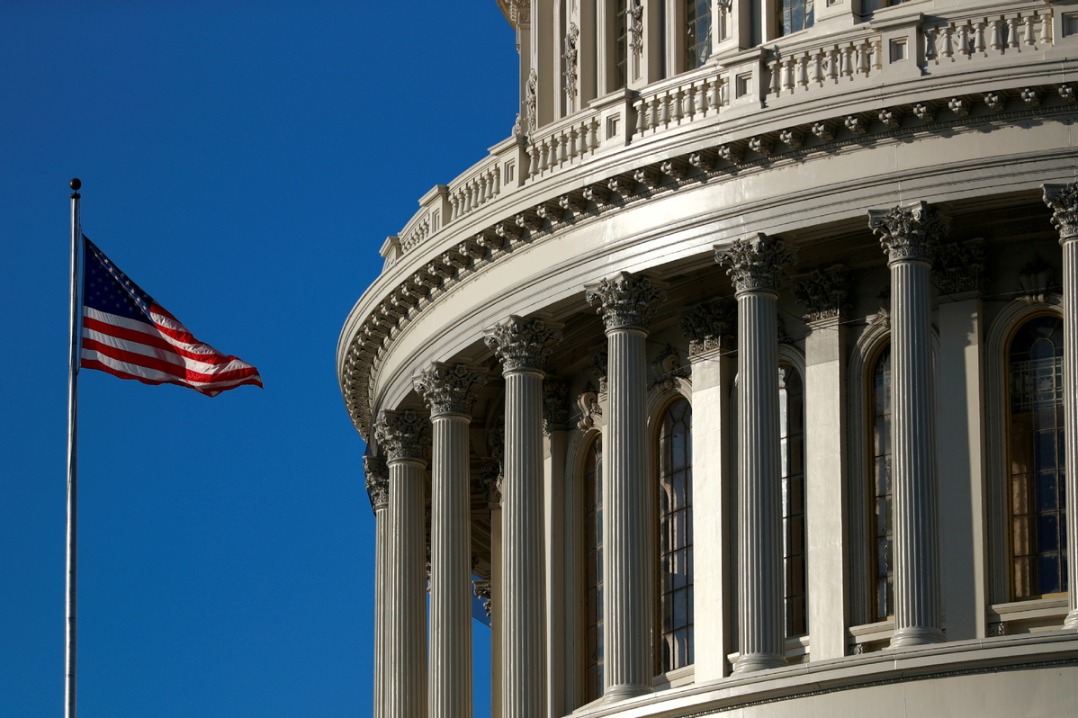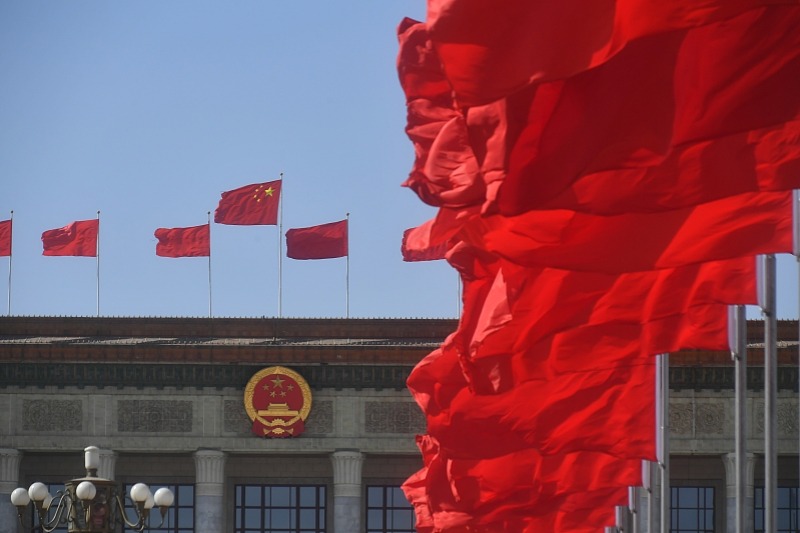Gazing into a crystal ball
Trend of US treasury interest rates has profound implications for both advanced economies and emerging markets


The US treasury market is the largest, deepest and most liquid bond market in the world. It is a pillar of the US dollar's exorbitant privilege as the world's dominant reserve currency and the bedrock of global capital markets. According to the Securities Industry and Financial Markets Association, as of Jan 31 2021, the total outstanding volume of the marketable US treasury securities was around $21 trillion. As of the third quarter of 2020, the foreign and international holders accounted for around 30 percent of the total outstanding US treasury securities.
The interest rates generated in the US treasury market serve as the benchmark from which all US dollar denominated financial securities are priced. It's not an overstatement to say that the US treasury interest rates are like gravity for asset valuation in the current global financial system. How to interpret the trends of the US treasury interest rates has profound implications for economic policymaking both in advanced economies and emerging markets.
Over the past seven months, the 10-year US treasury yield has risen from around 0.5 percent to the 1.6 percent level in March 2021, which has caused substantial market agitation. A new narrative has taken hold that US inflation expectations and its budget deficit are deterring investors, and the US interest rate is poised to further escalate, with adverse consequences on the global financial markets. In particular, the US interest rate hikes do not bode well for emerging markets as asset prices and capital flows will likely become more volatile.
However, it's all too easy to extrapolate a recent short-run trend into the future, which can be highly misleading. We need to take into consideration the context of the COVID-19 pandemic and the consequent lockdowns of economies, and what the interest rate trends would be in the medium and long run without the 2020 outlier events.
In the medium term, while the market is testing the US Federal Reserve's policy resolve, the US interest rates are unlikely to escalate out of control. Due to the COVID-19 disruptions, the Fed has launched massive quantitative easing since March 2020. It has expanded its balance sheet from $4.3 trillion to over $7.5 trillion over the past year and is now continuing its QE at a pace of $120 billion a month. The Fed has reiterated that it intends to keep the short-term interest rate at zero through the end of 2022. As shown in the aftermath of the global financial crisis, if the long-term interest rates rise too fast and risk derailing the US economy, the Fed can use targeted QE and yield curve control to keep long-term interest rates low as well.
While economic re-openings have begun as the vaccine rollout in the United States and other major economies make substantial progress, we are still at an early stage of growth recovery. There are 10 million fewer people employed in the US now than a year ago, and millions more underemployed. There remains an abundance of slack in the US economy. The outlook for the eurozone economy is even weaker than that of the US. It's too early to worry about inflation.
Moreover, debt ratios in major advanced economies are already so high that interest rate hikes, especially in a weak growth environment, may crash the financial sustainability of borrowers. Central banks cannot let interest rates rise substantially without risking undermining economic recovery and financial stability.
For the US, the ratio of its total public debt in February 2021 to its 2020 GDP is 133.3 percent. As estimated by the US Congressional Budget Office, the US budget deficit in the fiscal year 2021 will reach $2.3 trillion, or 10.3 percent of its GDP. It will be the second-highest on record, after the 14.9 percent deficit in 2020. With the upcoming $1.9 trillion fiscal stimulus, the US budget deficit in 2021 is expected to be higher than the CBO forecast.
There is considerable debate among economists on how interest rates and inflation will evolve in the long run. The 10-year US treasury yield has been on a secular decline over the past four decades. Some economists argue that the global economy will continue to be stuck in an environment of low inflation, weak growth and low interest rates. Still others argue that we may be at a long-term inflection point from deflation to inflation, with US interest rates bottoming out and trending upwards. Given their aging populations, declining labor force growth and slowing globalization, major economies will likely face long-run inflationary pressures over the next three decades or so. Eventually, those economies with weak growth and unsustainable debt will have to face up to a day of reckoning.
Regardless of how the long-run evolution will play out, it's worth stressing that inflation is a process. In simple bond market lingo, "inflation is not a sports car; it can't and won't go from 0 to 60 mph in 10 seconds". The recent US dollar interest rate movement is arguably more about normalizing the abnormally low levels last year than a clear cut starting point of a secular reversal toward inflation and interest rates hikes. For developing countries at this stage, it's still time to be bold in promoting growth, creating jobs, fostering innovation, and increasing productivity. Ultimately, it is high-quality growth and sustainable wealth creation that are most needed to solve the deficit and debt problems.
Alvin Chua is a managing director and global head of Equity and Fixed Income Sales of Trading and Research at BOC International and an adjunct professor of Lingnan College at Sun Yat-Sen University. Li Chen is an assistant professor at the Centre for China Studies and Lau ChorTak Institute of Global Economics and Finance at the Chinese University of Hong Kong. The authors contributed this article to China Watch, a think tank powered by China Daily. The views do not necessarily reflect those of China Daily.


































